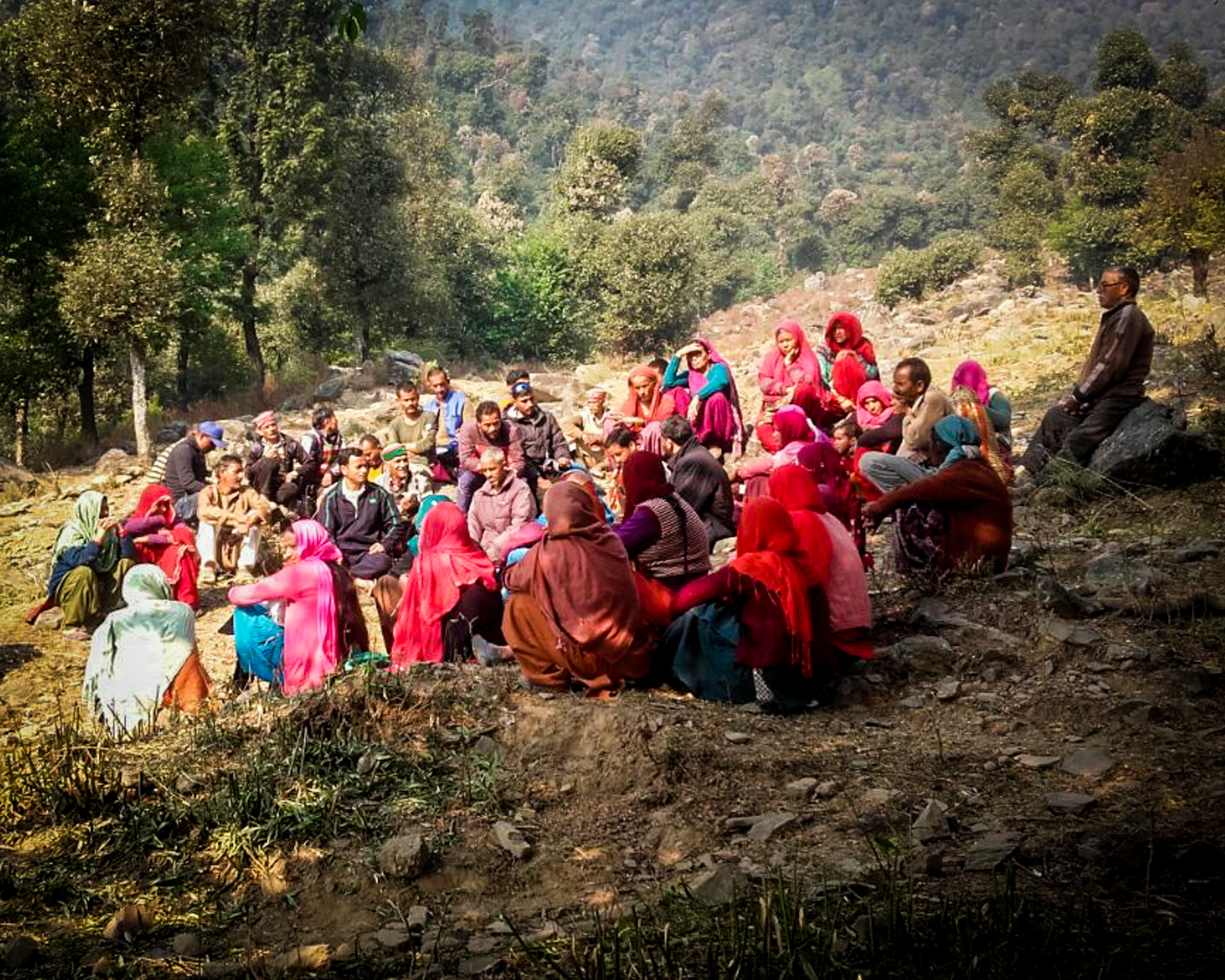With the state elections around the corner, one of the key issues that is soon gaining political colour in Himachal is the ‘encroachment’ regularisation matter. Unfortunately, the government as well as the media, have failed to address the real issues and seem to be confusing the legal aspects involved. The issue of encroachments gained momentum with the formation of a High Powered Committee by the State Government to deal with the matter of providing relief to the small and marginal farmers with forest land occupations of less than ten bighas as they were facing the threat of eviction because of a High Court order of April 2015. Before its meeting on 7th February, the High Powered Committee was supposed to be looking at legal and policy options for this relief. The two major options it was examining were: the provisions of the Forest Rights Act 2006 and working on a new State Policy on regularisation. The HPC has chosen to push for a policy on regularising encroachments, a major mistake that holds no legal ground. Let us examine first why this is not tenable.
It is important to note that a State Policy of regularisation has already been attempted by the BJP government in 2002. The reason why earlier attempts made at regularisation of forest land “occupations” by communities have failed is because central forest laws. Earlier it was the Indian Forest Act 1927, which declared massive areas as forest land under the governance of forest department. But the process of settlement of rights of people on these lands was incomplete in many areas. Before this issue could be addressed in 1980 the Forest Conservation Act (FCA) was passed due to which diversion of any forest land for non-forestry activities could not be done without the permission of the Union Ministry of Environment, Forests and Climate Change. It was because of the FCA that ‘regularisation’ or settlement of rights on forest land became nest to impossible through State policies (like Nautor) or any State Legislation which was always over-ridden by the provisions of the FCA.
It was in response to mass evictions of forest land occupations in the country in 2002 and the inability of State governments to provide relief to the forest dwelling communities across the country (includingHimachal Pradesh) that a new Act, titled the “The Scheduled Tribes and Other Traditional Forest Dwellers (Recognition of Forest Rights) Act” or the FRA was passed by the Indian Parliament in 2006. The key provision and objective of this Act is to recognise the claims, both individual and common, of local communities on the forest lands that they depend on for their bonafide livelihoods. This Act was historical because it was meant to provide the much needed relief to those who had years of “occupations” on forest land for their day to day survival. It also provided an opportunity to recognise communities’ rights and responsibility towards conservation and protection of forests.
Thus, in this context Forest Right Act, 2006 is the one and only option and opportunity for the government to protect the interests of those dependent on forest land for their livelihoods. Under the provisions of the FRA 2006, the government can recognise valid and legally tenable individual claims on forest land. But instead of choosing FRA as an option to deal with the issue, the government has once again committed the same mistake which was made earlier in 2002 by the BJP government. Infact, the government has failed to understand that the FRA is actually the answer to the problem created by FCA for local communities. Instead it is painting the FRA and FCA in the same colour which reflects a serious lack of understanding of both the laws. The inability of the State Government to protect these interests of the people, has led to a loss of public trust vis a vis the matter of forest land regularisation.
News Coverage:
http://www.tribuneindia.com/news/himachal/community/panel-accused-of-ignoring-forest-rights-act/362396.html







